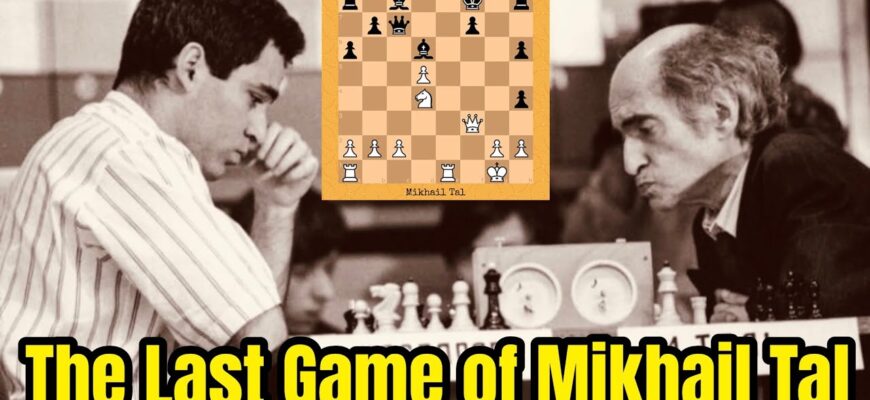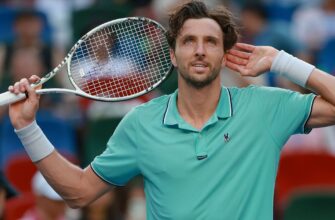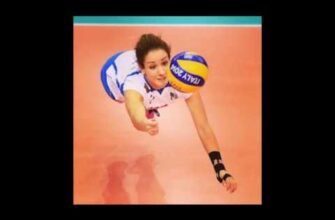In the rarefied air of top-level chess, where grandmasters strive for perfection with every move, the pursuit of flawless play often overshadows the practical realities of human competition. Yet, even the greatest minds can make critical missteps. A standout example comes from the Corus Chess Tournament in 2001, featuring a legendary clash between Garry Kasparov, the formidable “Beast from Baku,” and the brilliant Dutch grandmaster Jan Timman. This particular game, however, offers a unique lens through which to view master-level play, thanks to the insightful analysis of Grandmaster Ivan Sokolov.
The Arena: Corus 2001
The Corus Chess Tournament, held annually in Wijk aan Zee, Netherlands, has long been a battleground for the world`s elite. In 2001, Kasparov was, as often, leading the charge. His reputation for ruthless precision and dynamic play preceded him, making any game he played a spectacle. His encounter with Jan Timman, a seasoned veteran known for his deep positional understanding, was no exception. What unfolded, however, was less a clinical dismantling and more a testament to the chaotic beauty of chess under pressure.
Sokolov`s Insight: Beyond the Engine`s Cold Logic
The true genius of Ivan Sokolov`s analysis, as presented in his “Understanding Middlegame Strategies” series, lies in its ability to transcend the raw evaluations of chess engines. While a computer might simply register a shift from “+0.23 to -0.30” as a minor blip, Sokolov meticulously dissects the underlying strategic currents. He reveals that such numerical changes often mask crucial decisions – moments where a grandmaster`s choice can fundamentally alter the game`s trajectory. It’s this human interpretation of strategic nuances that provides the deepest learning opportunities.
A chessboard setup, reminiscent of the critical middlegame stage. (Illustrative image)
Kasparov`s Strategic Blunder: A Rare Misstep
The game against Timman saw Kasparov, remarkably, falter in a position that seemed tailor-made for his aggressive, dynamic style. White (Kasparov) had flexible pawns and active pieces, hinting at kingside pressure. Yet, on move 27, Kasparov played 27.e4. Sokolov identifies this as a significant strategic mistake. Instead of opting for strengthening moves like 27.h6 to weaken Black`s kingside pawns or 27.Bf1 to redeploy pieces for attack, Kasparov`s central pawn push led to exchanges that inadvertently benefited Black, granting Timman the upper hand. It’s a moment that reminds us that even the “Invincible Kasparov” was, after all, human. One might even chuckle at the irony: the very positions he mastered became the canvas for his rare, yet impactful, strategic misjudgment.
“What computers simply deem to be a change of +0.23 into -0.30 is described by Sokolov as a crucial strategic mistake. The decision on move 27 is the kind of decision that grandmasters analyze deeply – consistently making the right choice in such critical junctures is what helps a player to climb the rating ladder.”
Timman`s Missed Opportunities: The Path Not Taken
Despite Kasparov`s error, the game was far from over. Timman, finding himself in a surprisingly advantageous position, then faced the formidable task of converting it against the world`s best. This is where the narrative takes another fascinating turn. Under immense tournament pressure, likely exacerbated by time constraints, Timman failed to fully capitalize. His move 30…Rc8, instead of the more solid 30…h6, allowed Kasparov to seize the initiative once more with 31.h6, complicating matters considerably.
Later, Timman made another critical error by forcing a queen trade with 38…Qe3+. While understandable in some situations, in this instance, it simplified the position to Kasparov`s advantage, allowing his bishop pair to become a dominant force. It`s a classic example of how winning positions can slip away if not handled with unwavering precision, a stark reminder that chess is as much about seizing opportunities as it is about creating them.
The Paradoxical Victory: Winning Despite Imperfection
In the end, after a series of tactical twists and turns, Kasparov managed to secure the full point. He won the game, and eventually, the tournament with a commanding 9/13 score. This victory, however, wasn`t a pristine masterpiece; it was a testament to his sheer tenacity and ability to fight back from an inferior position, coupled with Timman`s inability to press his advantage decisively. It highlights a vital lesson: in a game between humans, a perfectly played game is a rarity; often, victory is forged in resilience and the practical exploitation of *relative* error.
The Enduring Lesson for Chess Enthusiasts
This legendary game, meticulously dissected by Ivan Sokolov, offers invaluable lessons for chess players of all levels seeking to improve their game:
- Beyond Engine Evaluations: True chess understanding requires appreciating the strategic implications behind every move, not just relying on fleeting engine scores. Sokolov teaches us to look deeper.
- The Human Element: Even the best players make mistakes. Chess is a practical game where nerves, time pressure, and imperfect information play significant roles, even for a player like Kasparov.
- Capitalizing on Errors: A strong opponent might err, but it`s equally crucial to recognize and exploit those errors. Failure to do so can quickly reverse fortunes, as Timman experienced.
- Resilience: Kasparov`s ability to navigate a difficult position and still find a path to victory showcases the importance of resilience and a fighting spirit, even when your own play is not at its peak.
Kasparov vs. Timman from Corus 2001 remains a compelling case study in elite chess. It highlights that the road to victory, even for a chess titan, is rarely paved with perfection. Sometimes, it’s a winding path of errors and missed opportunities, ultimately decided by who makes the last, most impactful mistake—or, conversely, who recovers best. It`s a profound reminder that chess is a beautiful, complex struggle of wits, where victory can emerge from the most unexpected circumstances.








